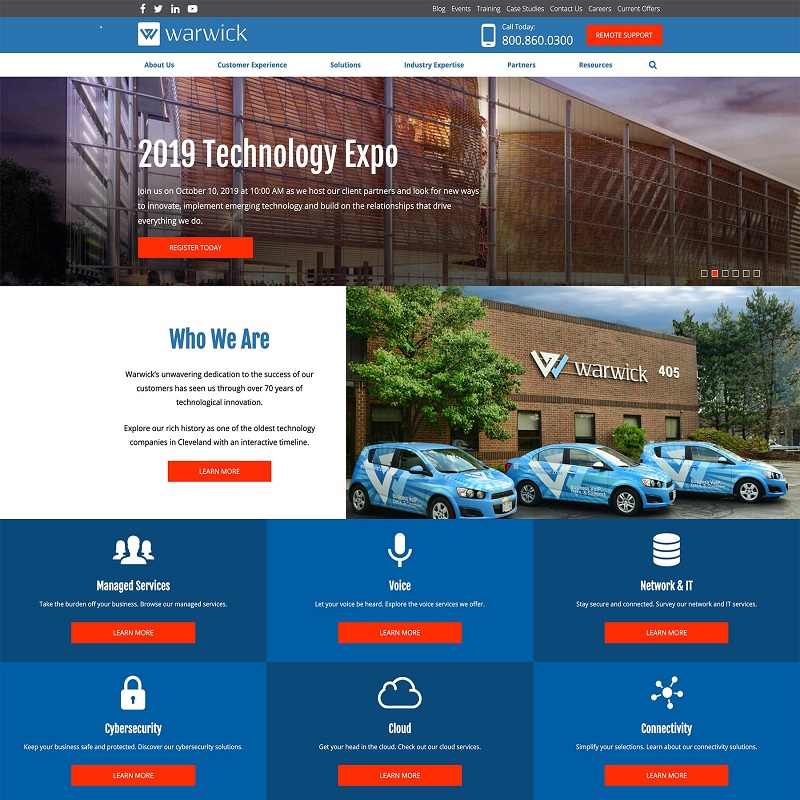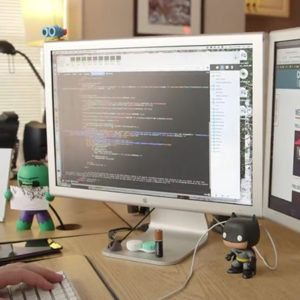Now that we’ve covered why your website should be designed with the user in mind, let’s talk about how we go about doing that. At Rosenberg, we’ve designed hundreds of websites (and that number is growing monthly!) and we’ve come up with some best practices along the way.
Give the users what they want
Sounds simple, right? But, how do you find out what the user wants? Well, you could ask your current and prospective customers. Or, you could guess (we don’t recommend that). Or, you could work with an expert who has years of web design and UX experience (we have the name of someone if you need it, ahem!). At RA, we always start out our website design process by determining what the goal of your website is, who the primary audience will be, and furthermore the most important information that needs to be included. Of course we ask you about your goals and what you want to accomplish with your website, but we also think about it in terms of what your customer or user wants or needs. One simple example is contact information. That’s a pretty typical need, so we make sure that at least basic contact information is visible on every page, either in the footer or the header.
Keep it simple
Another way we design websites for the user is by keeping sites simple. You may think that including every bit of information you want to convey on your homepage is a good idea because it lessens the amount of clicks your user has to make however, it is significantly harder for the user to digest information in large quantities. The simple truth is that none of your users are going to read everything on any given page. People tend to scan pages for what they need, so it’s important to make sure that key information stands out. Is your call to action button clearly a link? Does your content have visual variety in it (headings, bullet points, etc.) or is it just paragraphs upon paragraphs? Simple navigation and design will keep users engaged with your site.
Make sure it’s responsive
In 2016, mobile web usage surpassed desktop usage for the first time in history. For that reason, website responsiveness, or the design’s ability to respond to the users browsing environment and screen size, is extremely important. Surprisingly, there are still a ton of websites that don’t utilize this best practice. If your website isn’t responsive, it could look terrible to over half(!) of your potential customers who are viewing it on mobile. And even worse than looking terrible — it may function terribly! When users have to zoom in to read or click on a website element, chances are they will quickly bounce off the page. At Rosenberg, responsiveness is one of our biggest priorities when designing a website. We style the code to adjust to the size of the browser window, and make sure that it’s usable on every screen size. Your website will be just as easy to use on a phone or tablet as it is on a computer!
Adjust as you go
If you aren’t checking your website’s metrics on a consistent (daily!) basis, how do you know if it’s getting the job done? At a minimum, be sure Google Analytics is installed on every page of your website and take some time to analyze your user’s behavior. Do certain pages have a higher bounce rate? Is an important element constantly throwing a 404 error? Your website’s design shouldn’t be set in stone. It should continuously be tweaked and adjusted to maximize usability.




